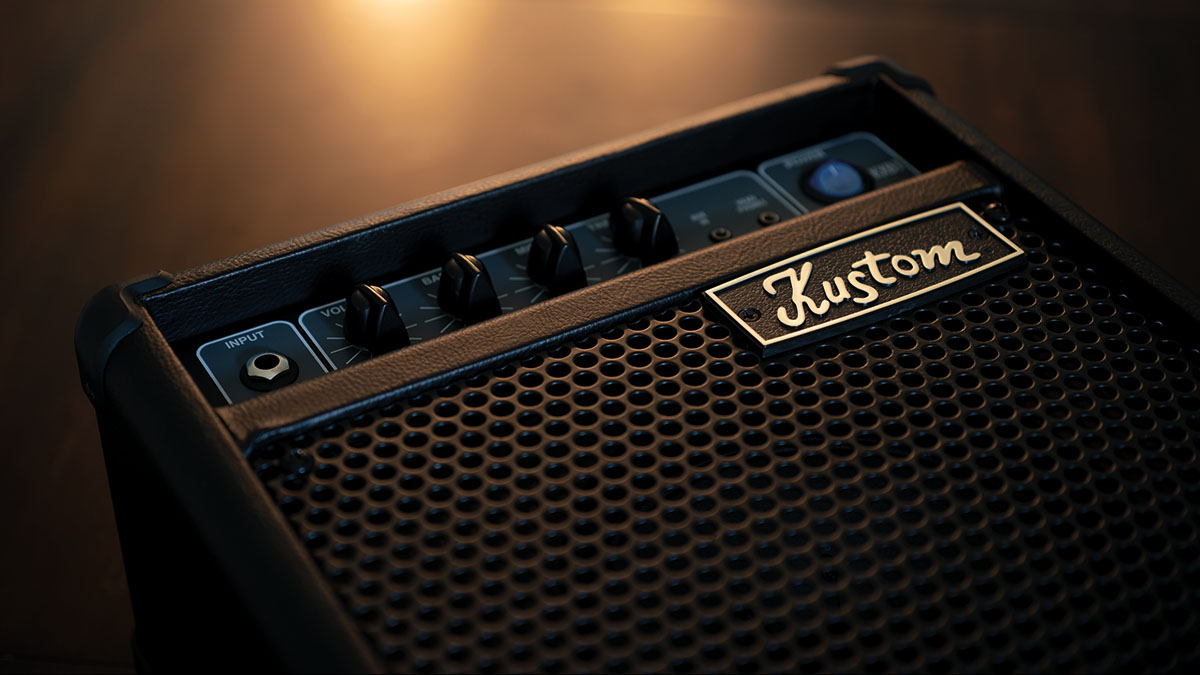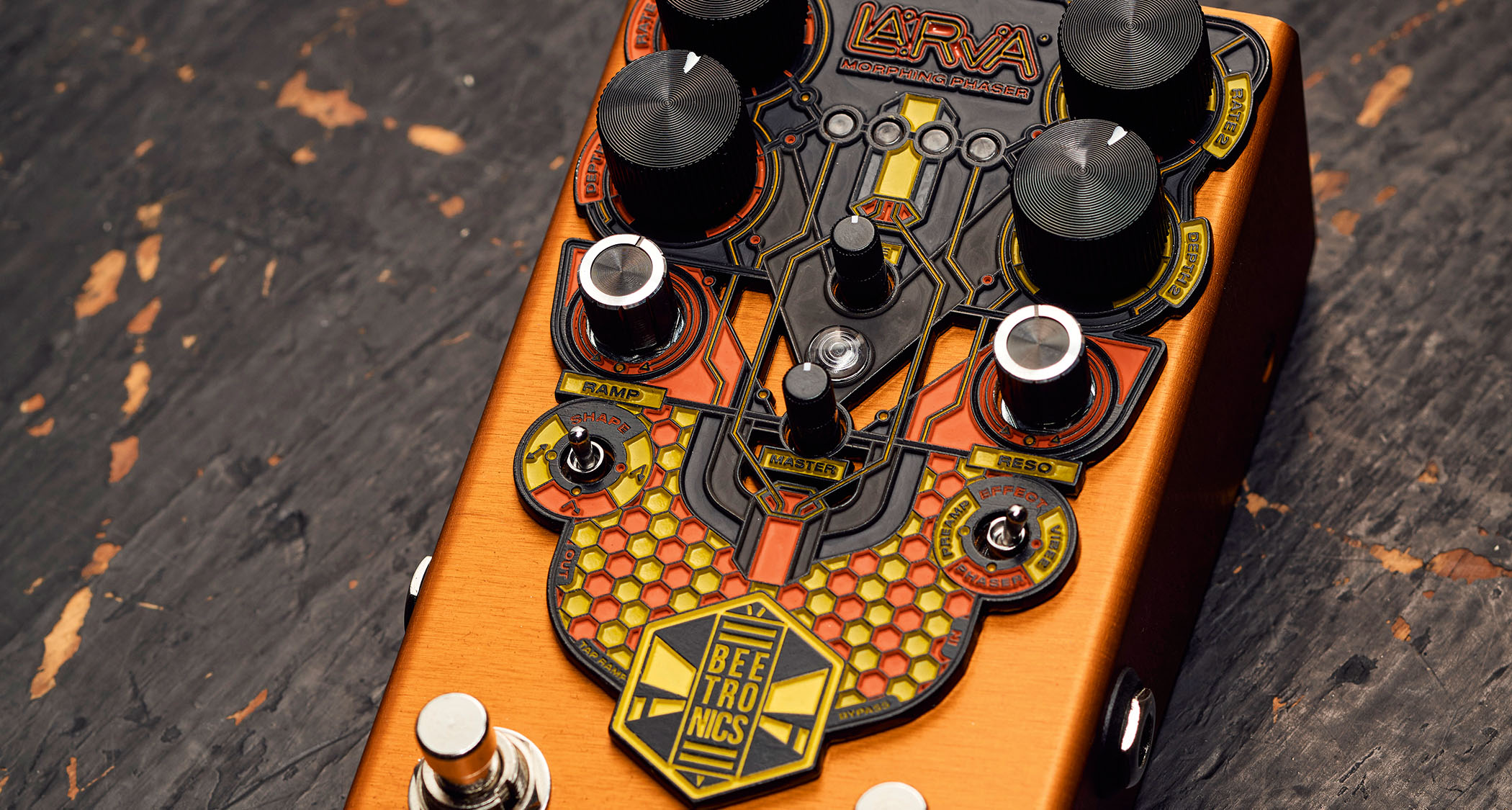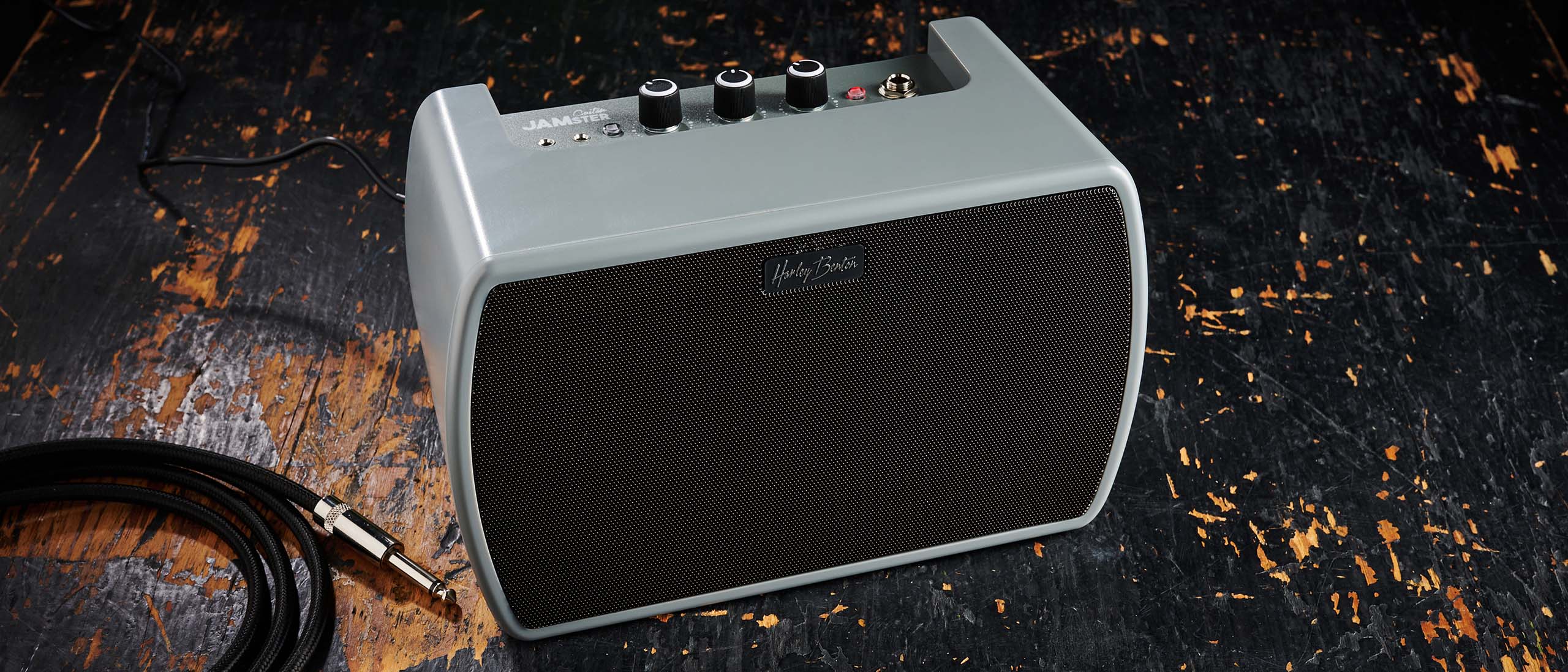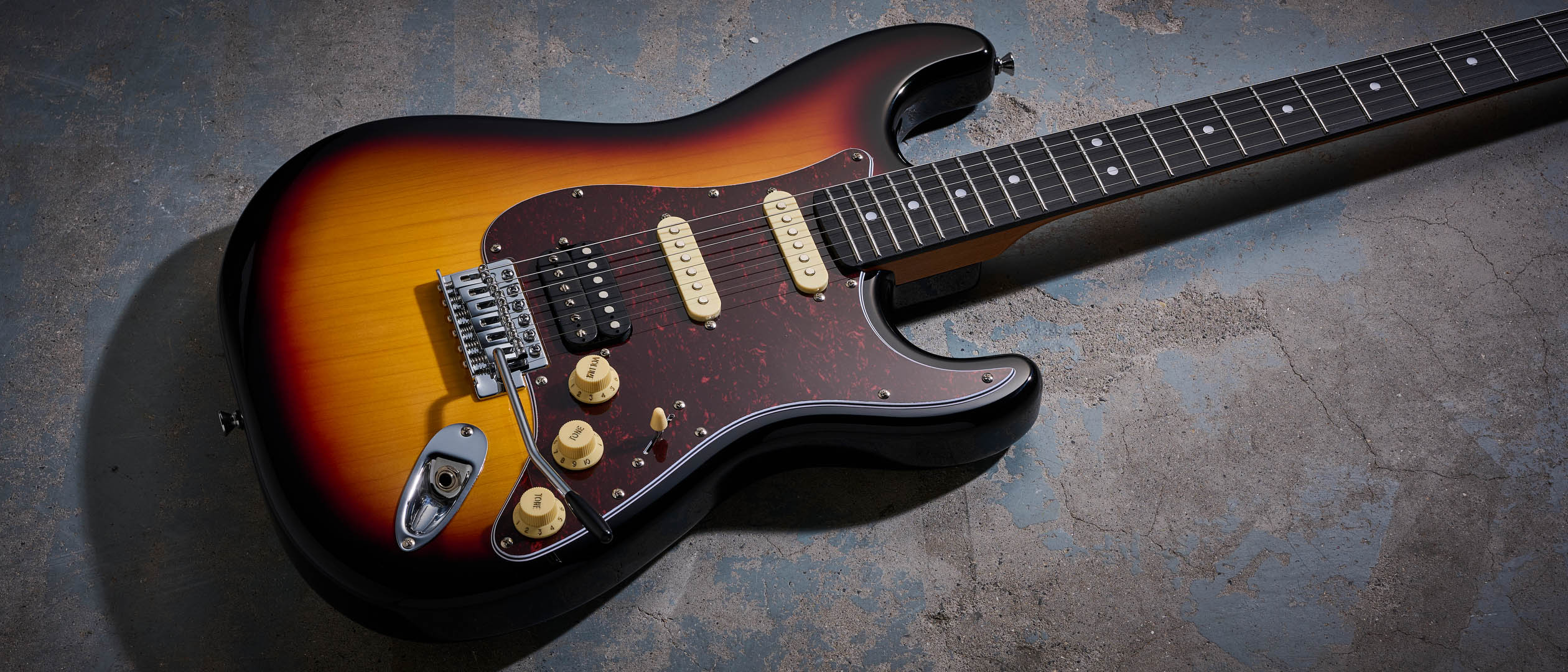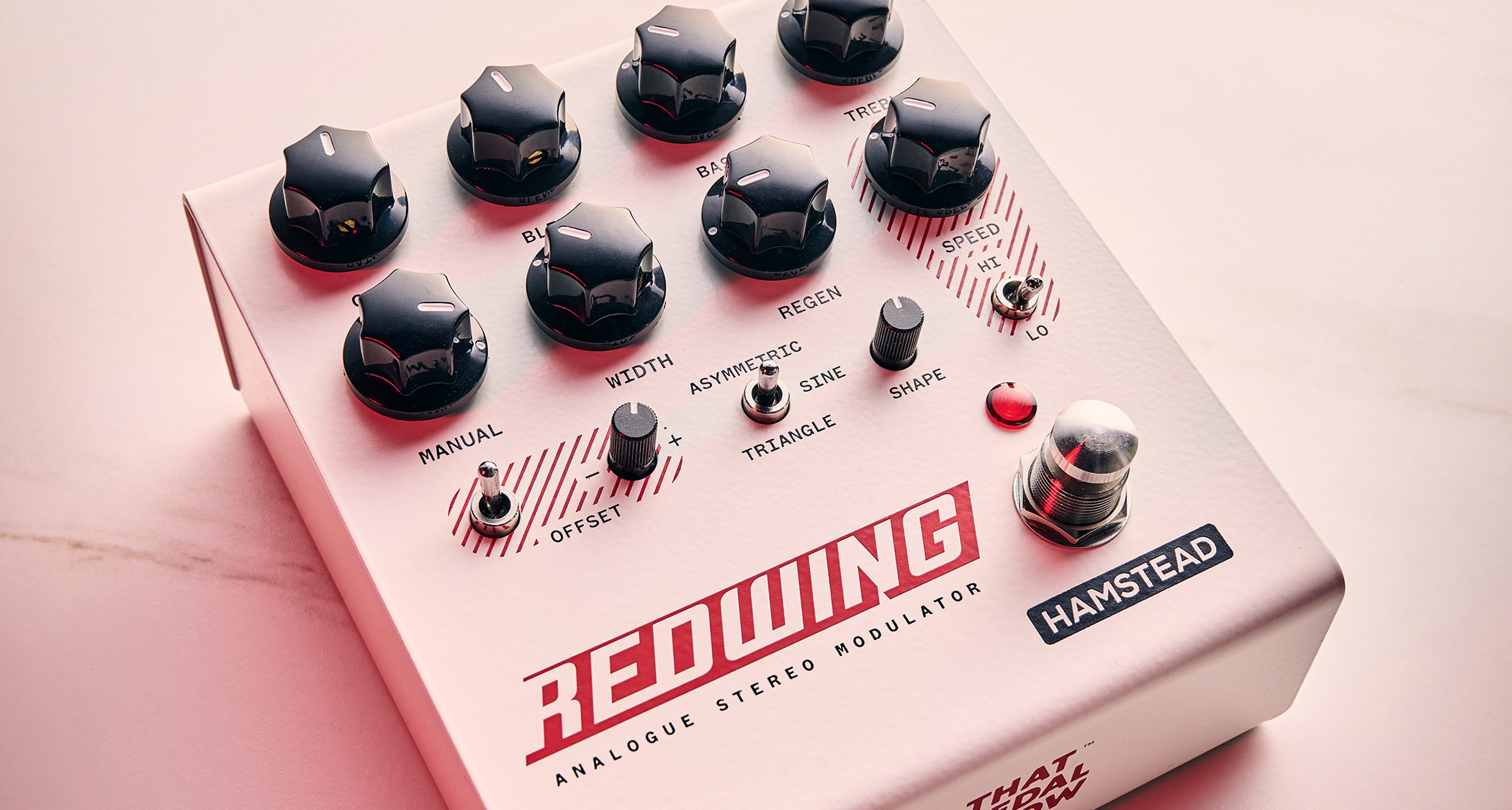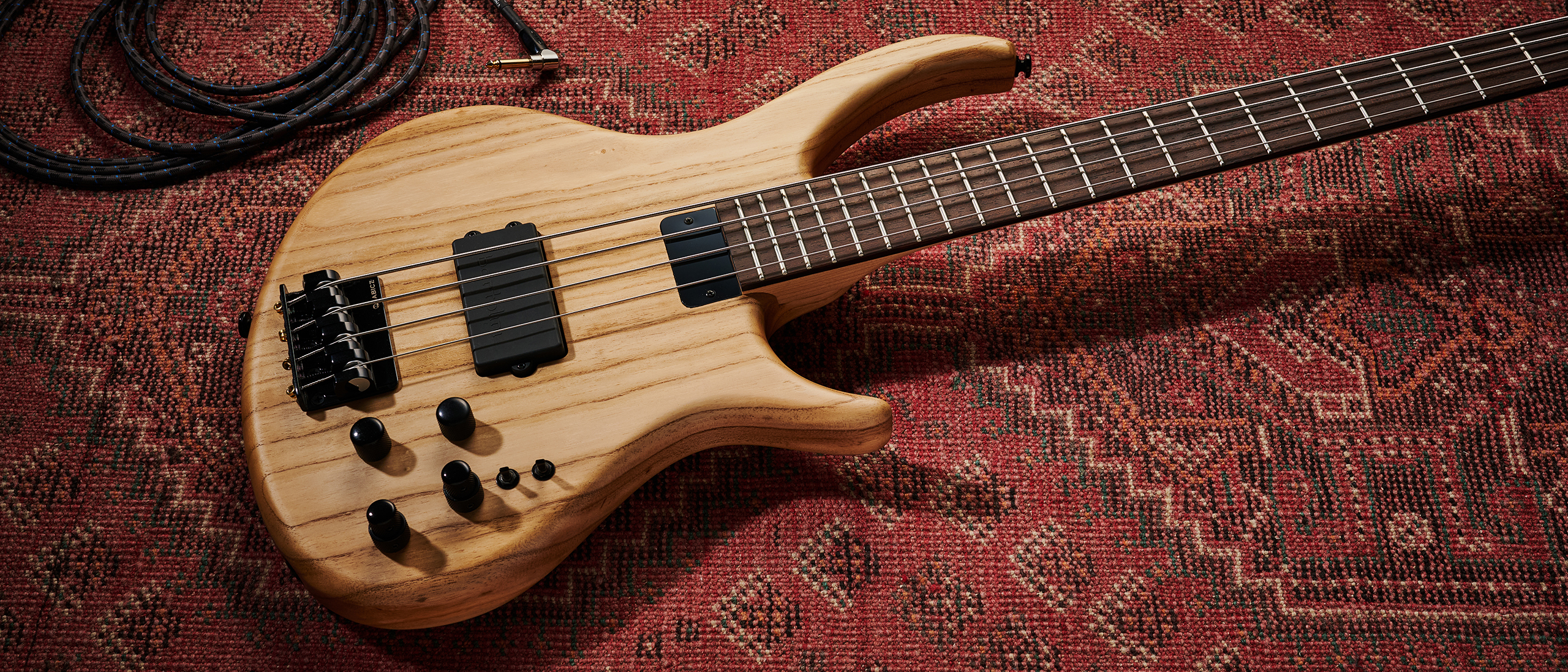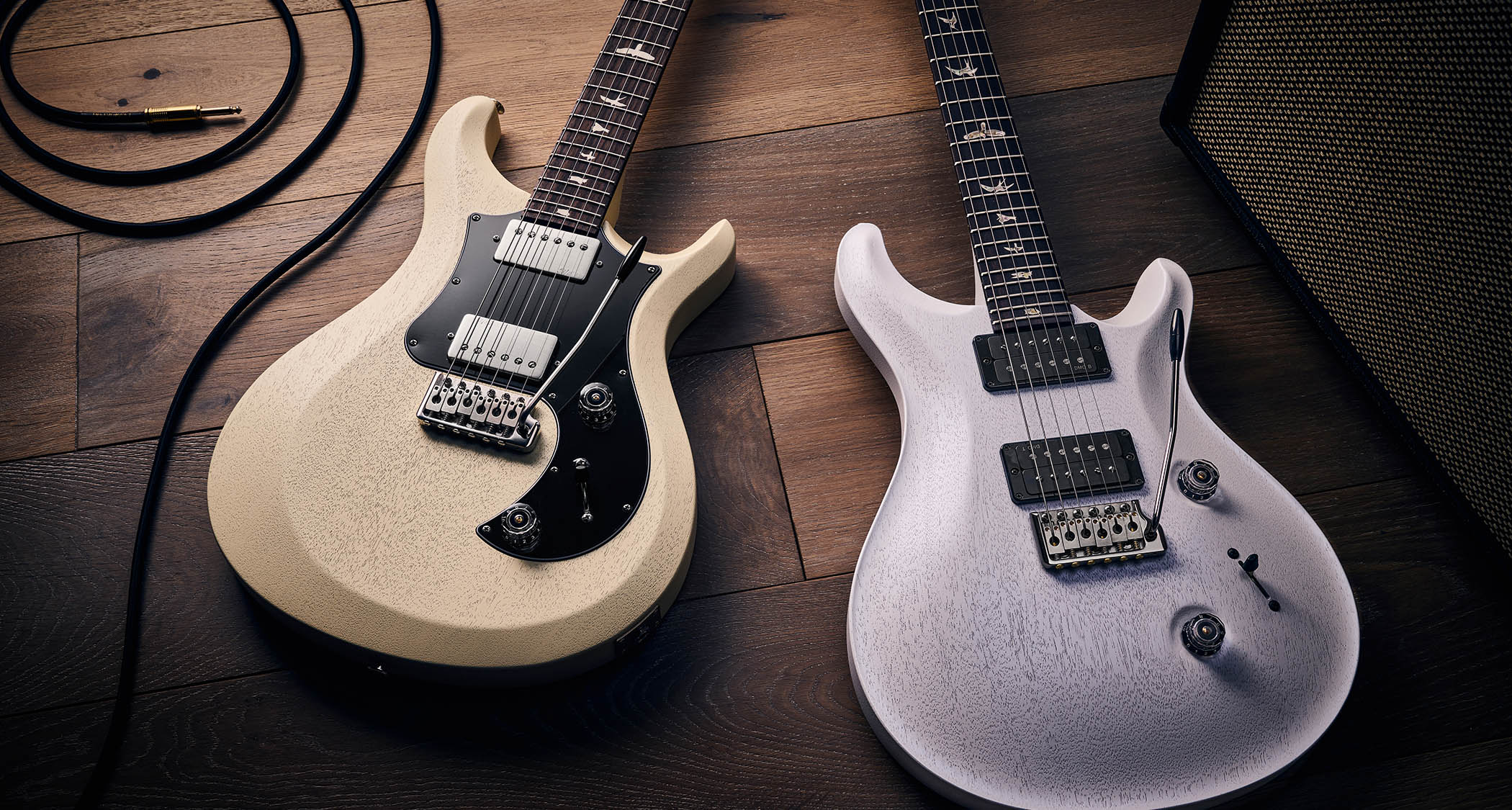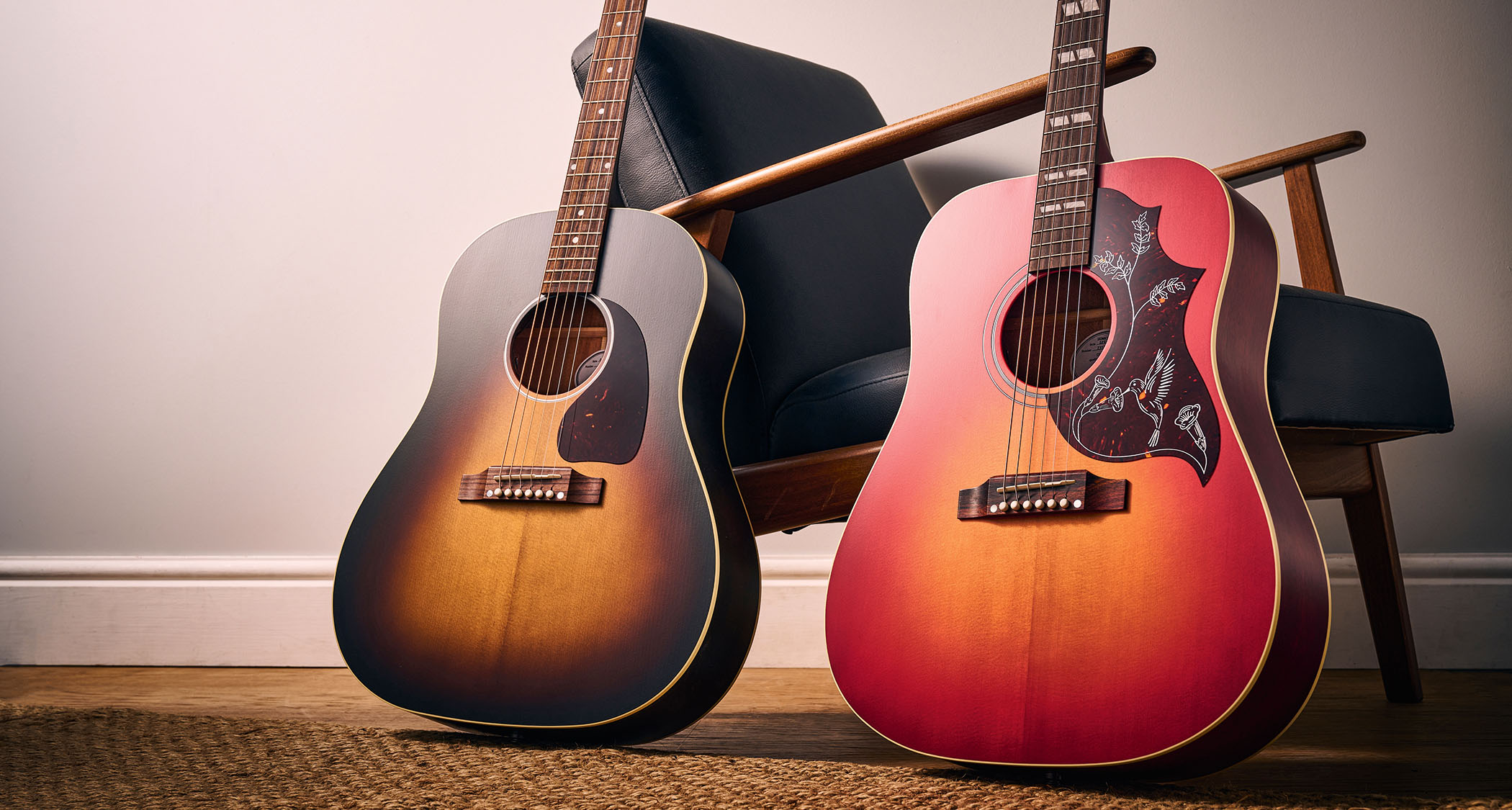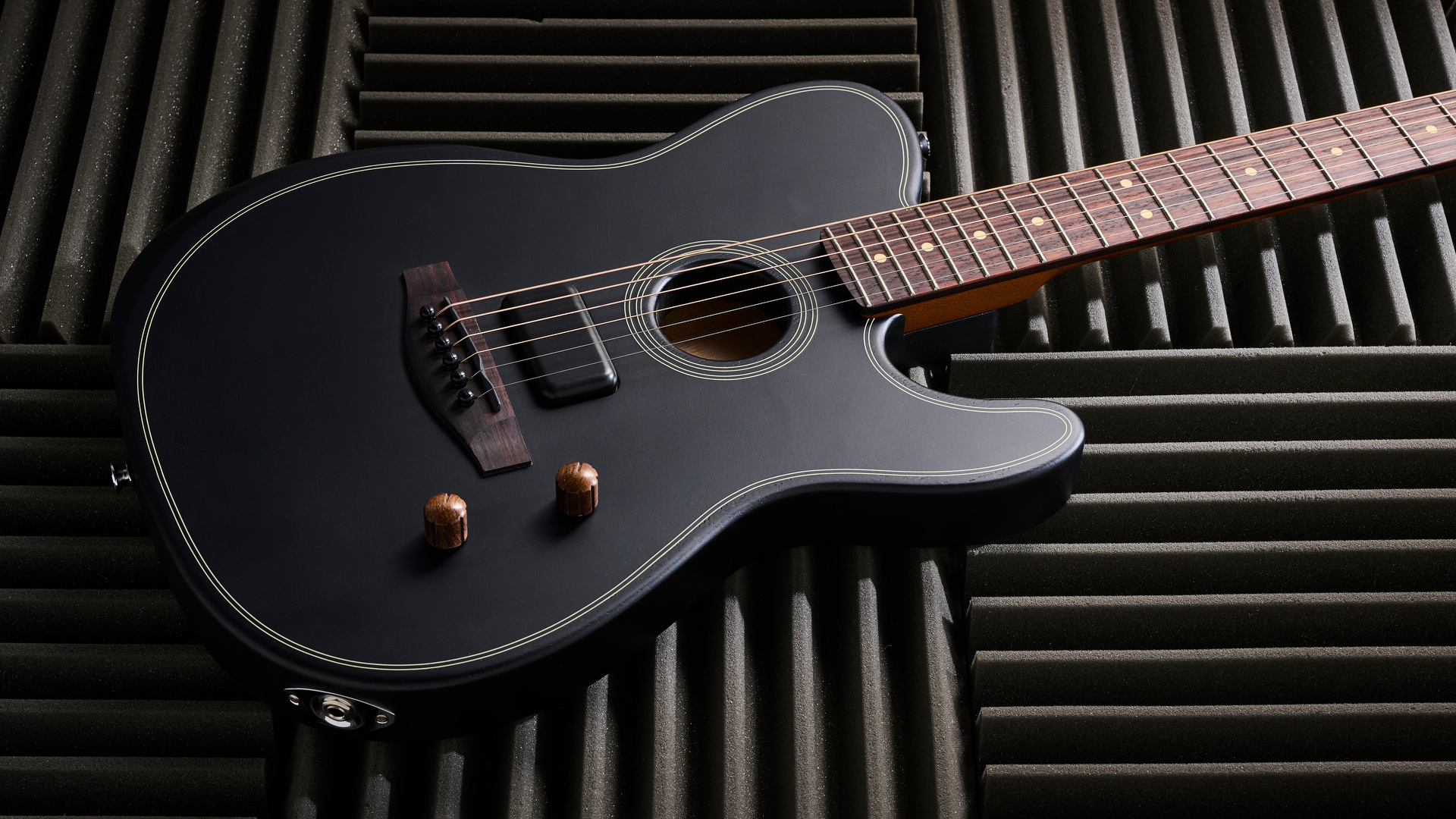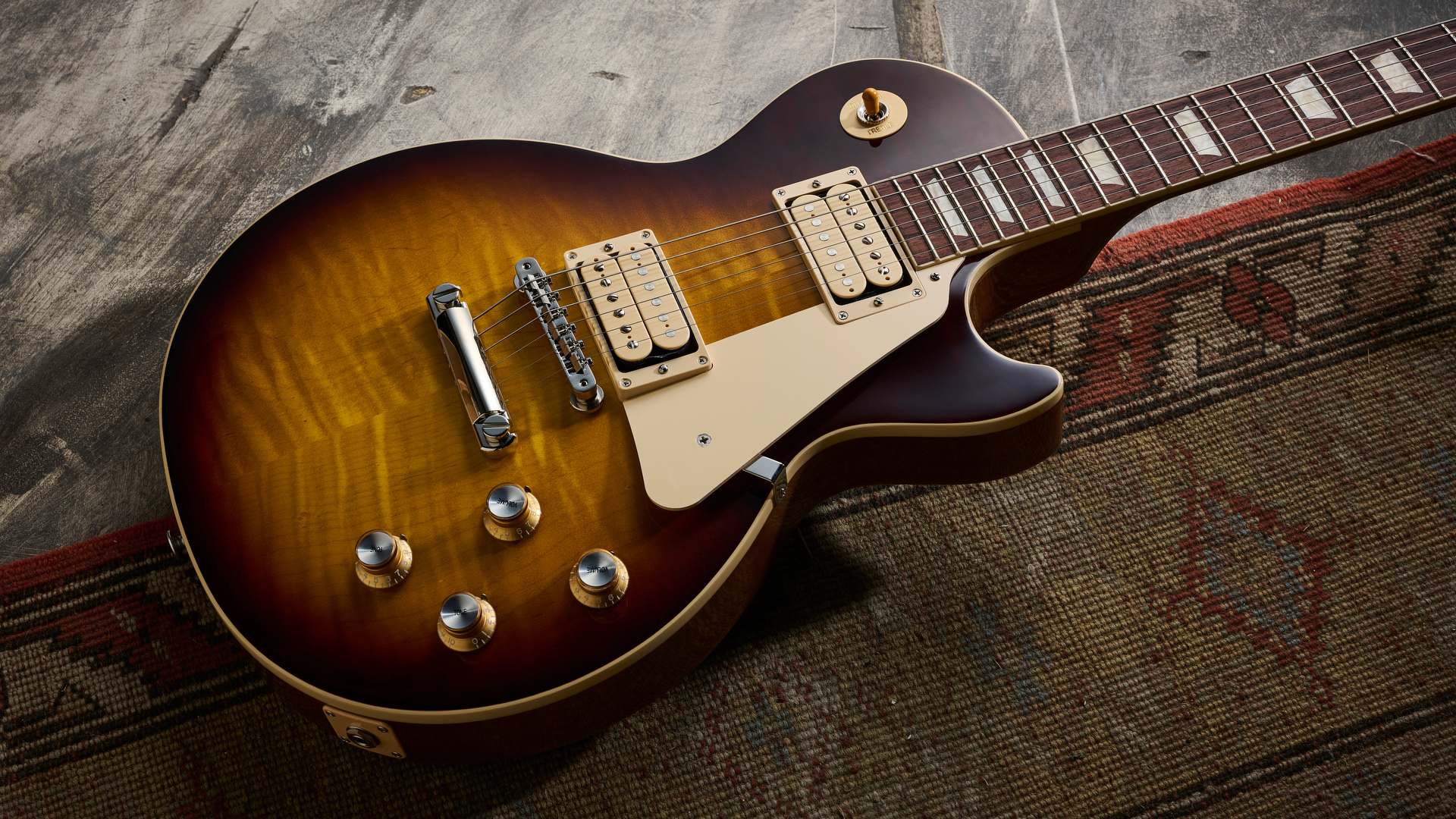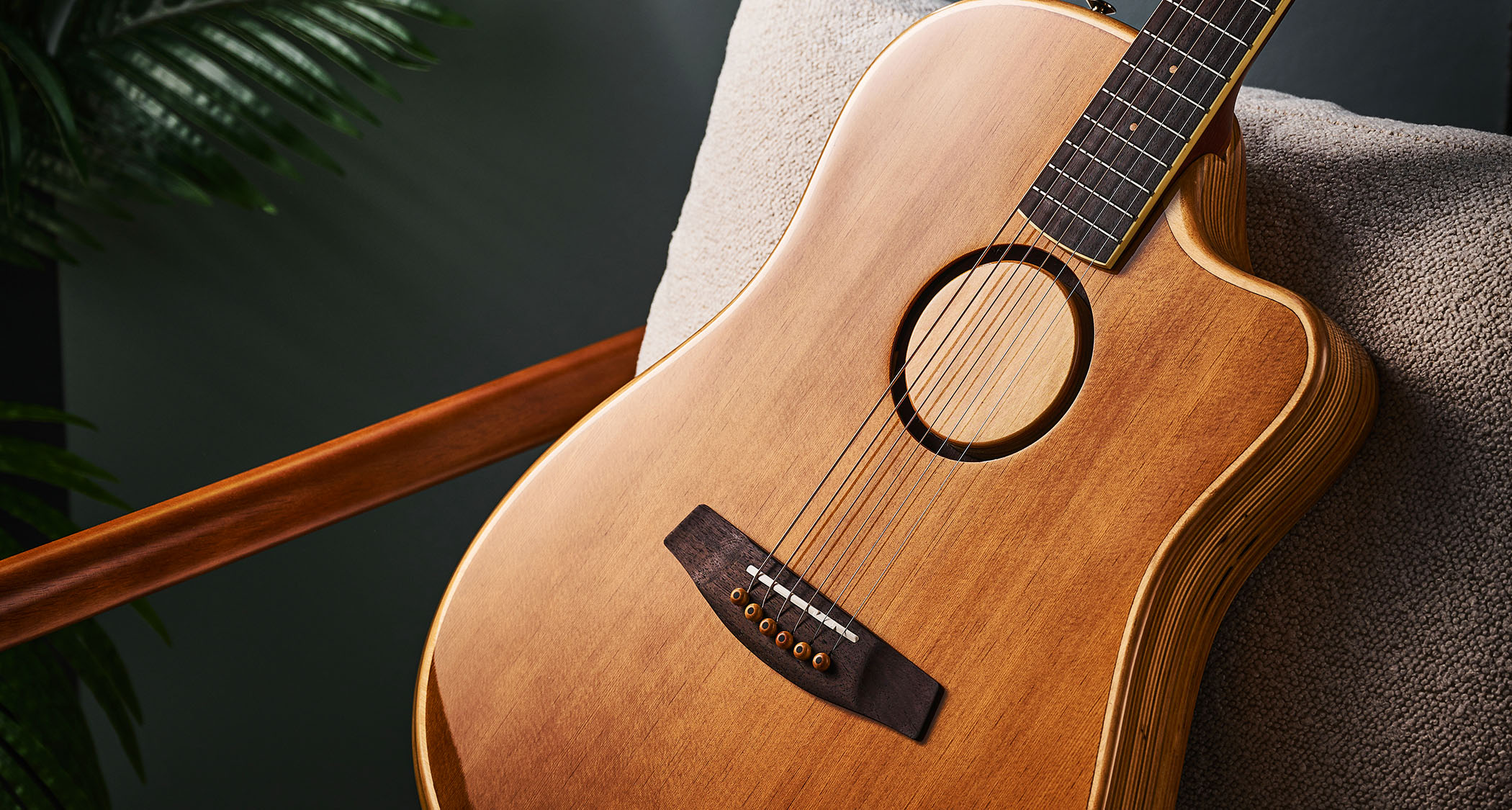Guitar World Verdict
With cheaper combos on the market offering more functions and greater flexibility, these Kustom combos face stiff competition, but if a simply laid-out combo is for you and weight isn’t an issue, both of these amps might just fit the bill.
Pros
- +
Capable performers, designed to do specific jobs.
- +
Sensible prices.
- +
Simple design.
Cons
- -
Heavy.
- -
Few tonal frills.
You can trust Guitar World
Kustom’s new KXB series of bass amp combos begins with 6” and 10” speaker-equipped 10-watt home practice units, and moves up to 20 and 100-watt alternatives, geared towards rehearsal and small-sized gigs.
These units are sensibly priced and shouldn’t blow too large a hole in your finances. Looking at the two combos here, simplicity and ease of use are common factors in their design, but do they pack enough of a punch where it counts?
Build Quality
Fitted with metal corner protectors, metal grilles, and rubber carry handles on the top of both units, the KXB100 and KXB10 follow a clean and simple design principle: This is carried over onto the control panel and selection of controls on both units.
Simplicity is very much the order of the day here, with familiar EQ sections, so finding usable tones should be relatively simple. Both come with headphones and auxiliary connections.
Rock players looking for power and brute force from their bass signal will find plenty to enjoy
Despite their relatively compact dimensions, both combos are seriously heavy, at 53lbs and 23lbs respectively: Neither of them makes use of lightweight timber construction or neodymium speakers, so we’re talking old-school lifting effort here.
Some bassists may accept this, but I suspect many of us may prefer lighter units that do similar jobs. However, if getting physical with your amplification doesn’t dampen your enthusiasm, the rugged nature of both combos will serve them well on the road.
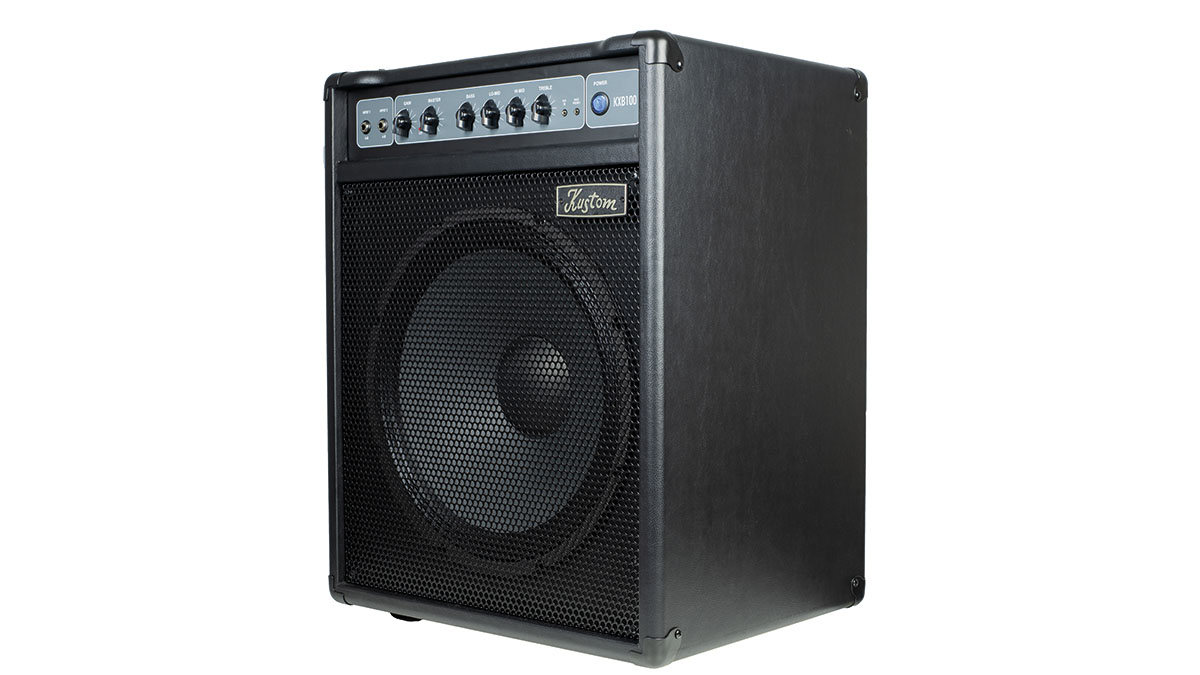
The KXB100 features venting on the rear of the amp for consistent airflow across the electronics, although the KXB10, due to its size and potential application as a home practice amp, doesn’t have any ventilation as such.
Both units are hard-wired, so there are no separate power cables, and the external jack output on the KXB100 is wired in series. This allows another speaker cab to be used without a minimum impedance load, while the combo speaker continues to function with the additional cabinet attached.
Sounds
Tested with a selection of active and passive bass guitars, both combos do a reasonable job at conveying accurate tones. The KXB100’s general tone, with the amp EQ set flat, is best described as solid, with the voicing warm and rounded. The 15” speaker conveys the warm tones of the passive basses and boosts the low EQ of the active basses, but upper mids and top-end details are lacking.
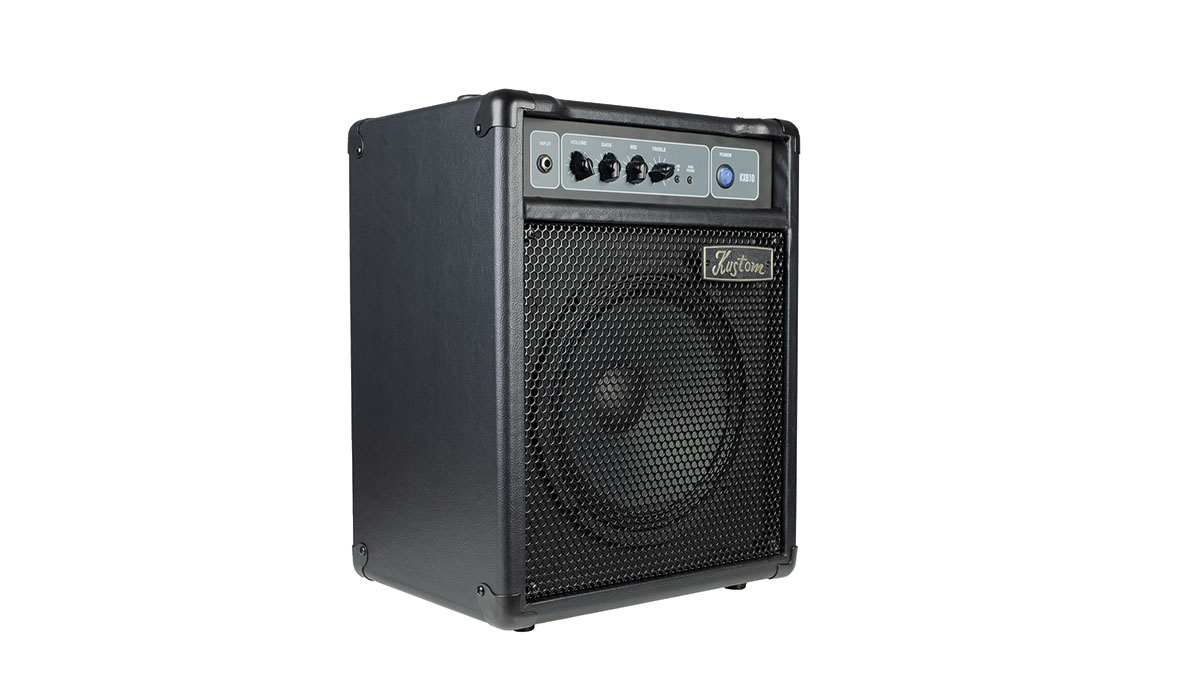
Even if you boost the EQ on the amp, you may struggle to coax any sort of glassy highs from this amp. Still, rock players looking for power and brute force from their bass signal will find plenty to enjoy. Slap and tap players may argue that without a tweeter or horn, the tonal options are restricted, but then including this would push the price up: you get what you pay for.
The KXB10 has limited output for obvious reasons: it’s been designed primarily for home use, and in that context, it performs very well. The smaller speaker offers a faster response, so the level of tonal detail is more refined than the hefty performance offered by the bigger combo.
Playing with the EQ settings opens up some useful tonal variations but again, the tone remains generally chunky. Considering its intended use, its portable dimensions make it well suited for home practice, although it’s still on the heavy side.
Conclusion
These combos do the jobs they were designed to do with a minimum of fuss. However, many modern bassists will look for a more lightweight alternative, or build a setup using smaller, lighter speaker enclosures.
With cheaper combos on the market offering more functions and greater flexibility, these Kustom combos face stiff competition, but if a simply laid-out combo is for you and weight isn’t an issue, both of these amps might just fit the bill.
Specs
Kustom KXB100 Combo
- PRICE: $429
- MADE IN: China
- POWER: 100 watts @ 4 ohms
- FEATURES: Gain, clip LED, master volume, bass (+/-14dB @ 60Hz), lo-mid (+/-12dB @ 340Hz), hi-mid (+/-10dB @ 2kHz), treble (+/-15dB @ 10kHz), direct out volume, ground/lift switch
- SPEAKERS: 1 x 15” speaker, custom designed
- DIMENSIONS: 23.5” (H) x 18.75” (W) x 15” (D)
- CONNECTIONS: 1/4” jack inputs x 2 (0/-6dB), 3.5mm Auxiliary input, 3.5mm headphones output, 1/4” jack external output socket, balanced XLR DI output (post EQ and post FX loop), 1/4” jack FX Send/Return sockets
- WEIGHT: 53 lbs
Specs
Kustom KXB10 Combo
- PRICE: $200 approx
- MADE IN: China
- POWER: 10 watts @ 4 ohms
- FEATURES: Volume, bass (+/-15dB @ 60Hz), mid (+/-15dB @ 500Hz), treble (+/-15dB @ 10kHz)
- SPEAKERS: 1 x 10” speaker, custom designed
- DIMENSIONS: 17.5” (H) x 13.8” (W) x 10.4” (D)
- CONNECTIONS: 1/4” jack input, 3.5mm Auxiliary input, 3.5mm headphones output
- WEIGHT: 23 lbs
- CONTACT: Kustom
“Our goal is to stay at the forefront of amplification innovation”: How Seymour Duncan set out to create the ultimate bass amp solution by pushing its PowerStage lineup to greater heights
“It’s a game-changer for me”: Laney and Nathan East team up for a versatile signature bass head that ends a 40-year wait for the session legend
